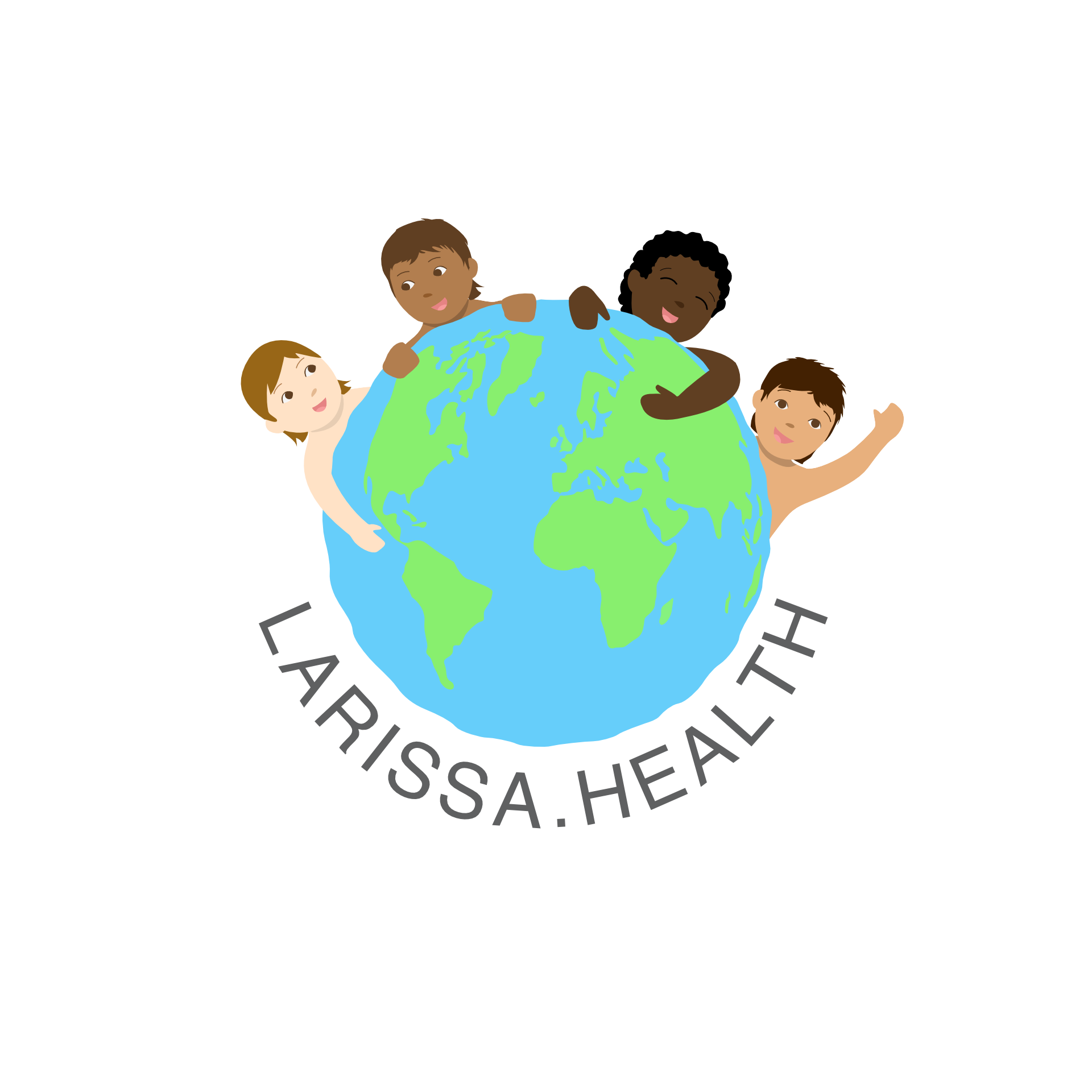Unexpected comeback of scarlet fever
Recent trends show an alarming resurgence of scarlet fever, primarily affecting young children and certain adult age groups.
In recent times, there has been a noticeable upsurge in cases of Scarlet Fever, especially among children under 15 and adults aged between 25 and 44. Characterized by symptoms like the "strawberry" or "raspberry" tongue, this disease, once fatal in the past, has made an unexpected comeback.
Over 150 years ago, the grim reality was that Scarlet Fever claimed the lives of thousands of children annually. However, the evolution of medical science brought antibiotics, which proved effective against the disease, relegating it to the status of a "rare ailment" over the decades. Contrary to this, recent observations from the Stiftung Kindergesundheit in Germany, a child health foundation, suggests a significant resurgence of the ailment. Moreover, a concerning aspect of this is the current limited availability of antibiotics and fever reducers for children, which are vital in treating such infections.
 Photo by gettyimages
Photo by gettyimages
Scarlet Fever is a specific manifestation of a Group A Streptococcal infection, caused by particular strains of the bacterium that produce a unique toxin, leading to the characteristic rash of the disease. Essentially, Scharlach can be described as a streptococcal sore throat combined with a rash.
The disease’s onset is quite rapid. Within a mere two to seven days post-infection, afflicted children exhibit symptoms like high fever, chills, sore throat, difficulty swallowing, and even vomiting. The defining rash usually emerges a day or two later, originating in the armpits and inner thighs, eventually spreading throughout the body.
The initial appearance of the rash is akin to a series of tiny, closely spaced spots that bear a resemblance to "goosebumps." As the disease progresses, these spots transform from a soft pink to a fiery red – hence the name Scarlet Fever. In contrast, facial skin appears smooth but prominently red, with the area around the mouth and chin remaining pale. Another distinguishing feature is the appearance of the tongue: initially covered with a whitish-yellow coat, which, after a day or two, gives way to a bright red surface resembling a strawberry or raspberry. Swollen lymph nodes, especially around the jaw and neck, are another common symptom. As the disease progresses, peeling of the skin, especially on the palms and soles, becomes evident. Interestingly, there are instances where the disease manifests without the tell-tale rash, though skin peeling still occurs.
When Scarlet Fever is diagnosed, physicians usually prescribe Penicillin. If this medication proves ineffective or triggers adverse reactions, alternative antibiotics, like oral cephalosporins, may be considered. Typically, antibiotic treatment spans around seven to ten days. However, it's worth noting that failure to undergo antibiotic treatment or prematurely discontinuing it can lead to complications. These might include ear, sinus, or lung infections, or in more severe cases, consequences like acute rheumatic fever, affecting the major joints, heart muscles, or even the kidneys. Fortunately, once a child overcomes the infection, they develop immunity against that specific bacterial toxin. But as these bacteria can produce various toxins, it's possible for an individual to contract Scarlet Fever multiple times, as highlighted by Stiftung Kindergesundheit.
Children or teenagers diagnosed with Scarlet Fever or those suspected of having it are advised to refrain from attending community facilities like schools or kindergartens temporarily. If untreated with Penicillin, these children are considered contagious for up to three weeks. On the other hand, if treated with antibiotics, they can usually return to school or other community settings by the second day, or once symptoms subside.
With the resurgence of Scarlet Fever, it's imperative to be vigilant and seek timely medical intervention. Early diagnosis and appropriate treatment can prevent complications and ensure a swift recovery.
Source: Zm Online





